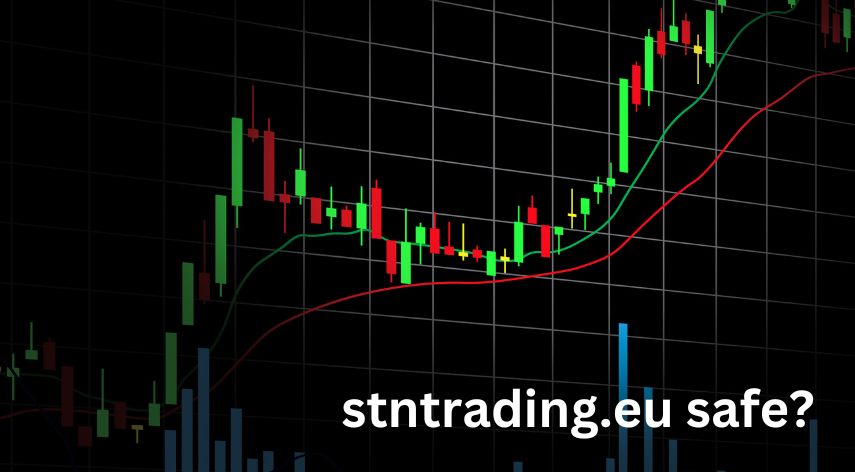Stock Selection For Intraday Trading in India
All the positions in intraday trading must be closed within the same trading session before the closing timings of the market. Traders do not get delivery of shares for these trades as the net position at the end of the day is nil because of the same day square off process.

For example, if you buy 600 shares of a company in the morning for intraday trading at Rs.620 and sell it by the evening at Rs.628, you will profit Rs 4,800 (600×8) your trade.
Table of Contents
ToggleIntraday Trading Meaning:
While choosing this option, you do not take the delivery of assets in the demat account; instead, it gets stored in the trading account. You have an option of squaring off the position within the trading session.
Also, while selecting an intraday option you give the right to the broker, to square off the position by the end of the trading session. Therefore, if you do not square off the position from your end, the broker will automatically square it off before the market closes.
Intraday traders also have the facility to sell the stock first without buying it if they are sure that the stock price will decrease by evening. The success of such strategies is based on the appropriate selection of stocks.
Open demat account charges are nil if it is a basic account. You may also find a basic trading account at very low charges, but for day traders, a basic trading account may not work as they require to take and exit positions frequently.
To make intraday trading a profitable endeavor, you must have the right techniques. Day trading tools and techniques are fundamentally different from investing. Since there is a low margin of error for share market trading, especially day trading, it is inevitable to choose stocks appropriately.
Intraday Trading Stock Selection
There are numerous intraday stock selection strategies, but many of these are suitable for professionals only. Generally, there are two common methods of stock selection for day traders:
1. Aftermarket selection that includes
- Selection based on the end of the day (EOD) data (High volume, High open interest, Top gainer, and looser)
- Based on breakouts within a time frame like hourly (Support or resistance, Trend line, Chart pattern)
Charts may take time to be understood.
2. Live market stock selection
- For this, you can make the premarket stock selection that requires a market sentiment check and an in-chart check for FO stocks.
- Or after 15 of the market open, it requires picking top gainer /loser from the NSE website and drawing the support and resistance line based on the premarket volume determined by its last 2 or 3 days movements.
Following are the day trading stock selection strategies used for these methods:
-
Pick highly correlated stocks
One of the simplest strategies is to pick the highly correlated stocks to a broad sector or an index. With the performance of that sector or index, you can have a clear idea of the trend. The sector-wise performance of stocks can be checked at the website of NSE. It will help you to identify correlated stock price movement.
-
Choose stocks present in the derivatives segment.
Choose stocks that are also traded in the derivatives market. A company present in multiple segments is analyzed extensively, which makes it statistically rich. Such stocks are easy to trade.
-
Volume traded
Consider the number of shares traded, bought and sold, in a time frame. If it is high enough, day traders can pick such stocks.
-
Analysis at latest
Analyze the performance of your shortlisted stocks over the last week. Identify if the closing price has been positive or negative over the week. It will help you to assess the likely movement, and you can decide on trade type.
-
Breakout stocks
It is about the resistance and support levels. The stock price beyond which a share is unlikely to rise is called the resistance level. In contrast, the support level is the price beyond which a share is not anticipated to drop. Day traders capitalize on the breakouts to book quick profits.
-
Stock Liquidity
Stock liquidity must be high enough to be traded by day traders. Otherwise, squaring off the position in the market close could be hard. Small-cap and micro-cap stocks face liquidity issues more often. A liquid stock attracts enough buyers and sellers.
You should consider that the stock liquidity varies from one day to another. Therefore, you can use the following formula to calculate the stock liquidity in the market:
- Stock Liquidity = Average daily volumes traded divided by the Market capitalization.
- Day traders prefer to trade stocks with a liquidity ratio of 10% or more.
You can access the trading platform of the broker offering charting tools, research reports, analytics that are used extensively in day trading in Indian stock market.
Also read:- Minor Demat & Trading Account and IPO Application
Alfred Williams, a distinguished business writer, navigates the corporate landscape with finesse. His articles offer invaluable insights into the dynamic world of business. Alfred's expertise shines, providing readers with a trustworthy guide through the complexities of modern commerce.
Recommended For You
Spread the loveIn the ever-expanding digital landscape, online trading platforms have become a staple for savvy consumers looking to explore
Spread the loveDo you find tax season overwhelming? You’re not alone. But don’t worry; our article on tax checklist essentials has you
Spread the loveNavigating the world of document signing and validation can be perplexing. This is especially true when it comes




